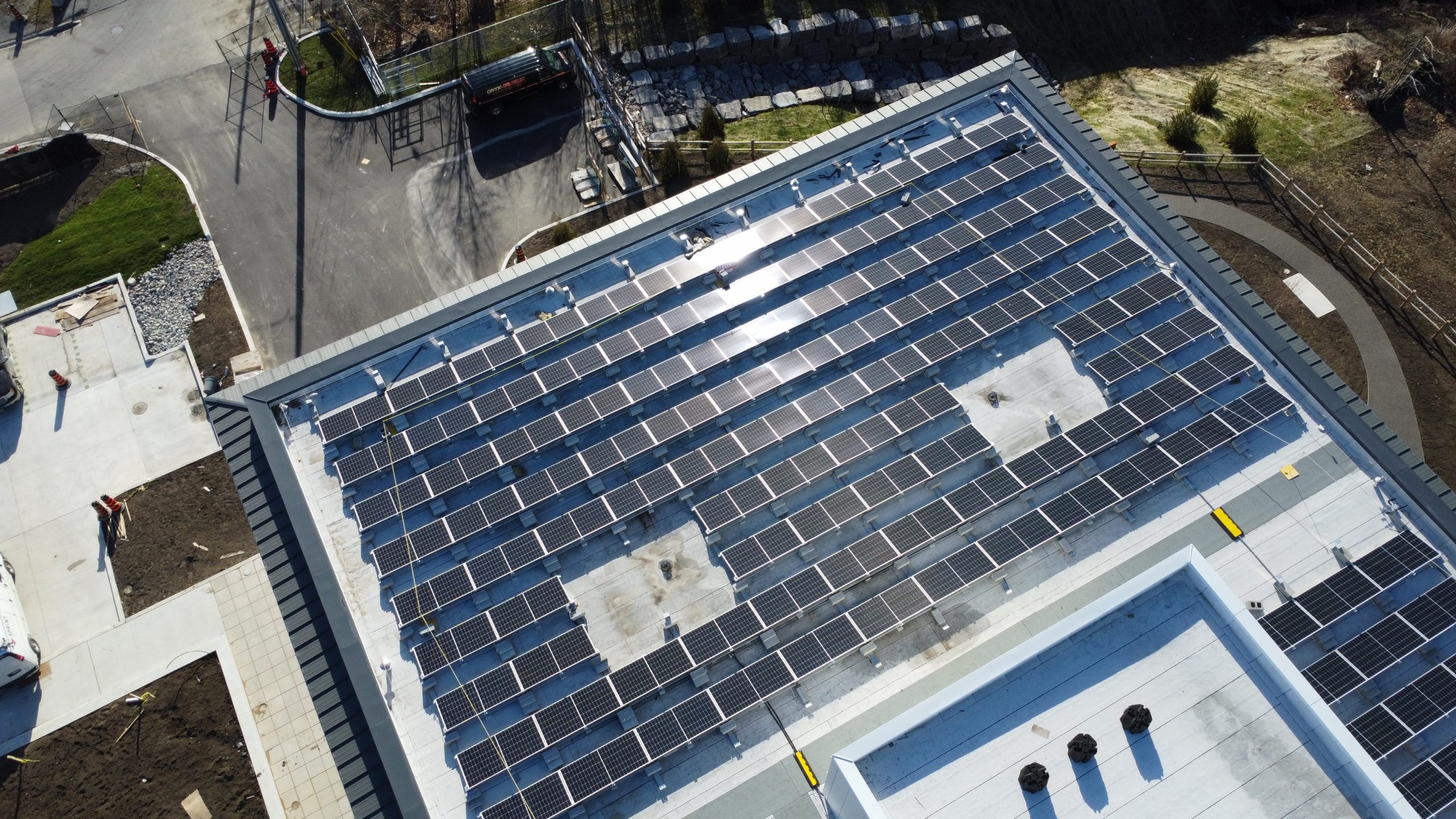P4B Solar helps Edwardstown businesses understand and manage their carbon footprint through comprehensive scope emissions analysis and solar solutions, while ensuring compliance with NGER reporting requirements for a sustainable, cost-effective future.

As climate action accelerates across Australia, Edwardstown businesses face increasing regulatory pressure and market expectations to understand and reduce their carbon footprint. The classification of emissions into scopes 1, 2, and 3 provides a critical framework for identifying where your business's carbon impact occurs and how it can be effectively managed.
Knowing your emissions profile isn't just about environmental responsibility—it's becoming a fundamental business requirement. P4B Solar, a leading provider of solar solutions in South Australia, helps Edwardstown businesses address these challenges while creating practical pathways to emissions reduction. With the National Greenhouse and Energy Reporting (NGER) Scheme establishing mandatory reporting requirements for certain businesses, understanding your emissions profile is the first step toward compliance and sustainability.
Scope 1 emissions are the direct greenhouse gas emissions that your business owns or controls. These typically include emissions from sources that are owned or managed directly by your organization, such as:
For Edwardstown manufacturing facilities and industrial operations, scope 1 emissions often represent a significant portion of their carbon footprint and are frequently the initial focus of emissions reduction strategies.
Scope 2 emissions are indirect emissions from the generation of purchased energy. When your business buys electricity, steam, heating, or cooling for operational use, the greenhouse gases released during energy production count as your scope 2 emissions. For most Edwardstown businesses, electricity purchased from the grid represents the largest component of scope 2 emissions.
These emissions physically occur at the facility where the energy is generated (such as a power plant), not at your business location. However, they're still considered part of your company's carbon footprint because your business's energy demand drives their production.
Scope 3 emissions encompass all other indirect emissions that occur in a company's value chain. These emissions result from your business activities but occur from sources neither owned nor controlled by your company. Scope 3 emissions include:
For most Edwardstown businesses, scope 3 emissions represent the largest portion of their total carbon footprint—often accounting for more than 70% of overall emissions. However, they're also typically the most challenging to measure and reduce since they originate outside your direct control.
The National Greenhouse and Energy Reporting (NGER) Scheme establishes a national framework for Australian companies to report information about their greenhouse gas emissions, energy production, and energy consumption. Edwardstown businesses must register under the NGER Scheme if they meet or exceed specific thresholds:
These thresholds apply to the total of scope 1 and scope 2 emissions combined. Businesses that meet or exceed these thresholds must register with the Clean Energy Regulator by August 31 following the financial year in which the threshold was exceeded.
Once registered under the NGER Scheme, Edwardstown businesses must submit annual reports on their greenhouse gas emissions, energy production, and energy consumption. These reports must be submitted by October 31 each year, covering the previous financial year (July 1 to June 30).
NGER reports must include:
While scope 3 emissions are not currently required for NGER reporting, many forward-thinking Edwardstown businesses voluntarily measure and disclose these emissions to provide stakeholders with a more comprehensive view of their carbon footprint.
The NGER Scheme includes strict record-keeping requirements. Registered businesses must maintain adequate records to support their emissions and energy reports. These records must:
Failure to maintain proper records or submit accurate reports can result in significant penalties, including fines of up to $440,000 for corporations.
For Edwardstown's larger industrial facilities, the Safeguard Mechanism adds another layer of obligations beyond basic NGER reporting. This mechanism applies to facilities with direct (scope 1) emissions exceeding 100,000 tonnes of CO₂-e annually.
The Safeguard Mechanism requires these facilities to keep their emissions at or below a baseline level. If a facility exceeds its baseline, it must purchase and surrender Australian Carbon Credit Units (ACCUs) or other eligible carbon offsets to compensate for the excess emissions.
Implementing a solar solution through P4B Solar provides Edwardstown businesses with immediate, measurable reductions in scope 2 emissions. A typical 100kW commercial solar system can offset approximately 120 tonnes of CO₂-e annually, directly reducing your NGER reporting obligations.
These reductions are:
Unlike many emission reduction strategies that represent pure compliance costs, solar implementation delivers strong financial returns alongside environmental benefits. Edwardstown businesses typically experience:
These financial benefits make solar one of the most economically attractive strategies for NGER compliance.
P4B Solar's solutions enable Edwardstown businesses to simultaneously address regulatory compliance and improve financial performance. Our integrated approach ensures that your emission reduction strategy:
Understanding your emissions profile and NGER compliance obligations is the first step toward developing an effective carbon management strategy. P4B Solar invites Edwardstown businesses to take advantage of our free initial consultation, which includes a preliminary emissions assessment and solar feasibility study.
P4B Solar provides expert solutions for Edwardstown businesses looking to reduce emissions and achieve NGER compliance through high-quality solar implementations. Contact the team today for your free consultation and quote!
